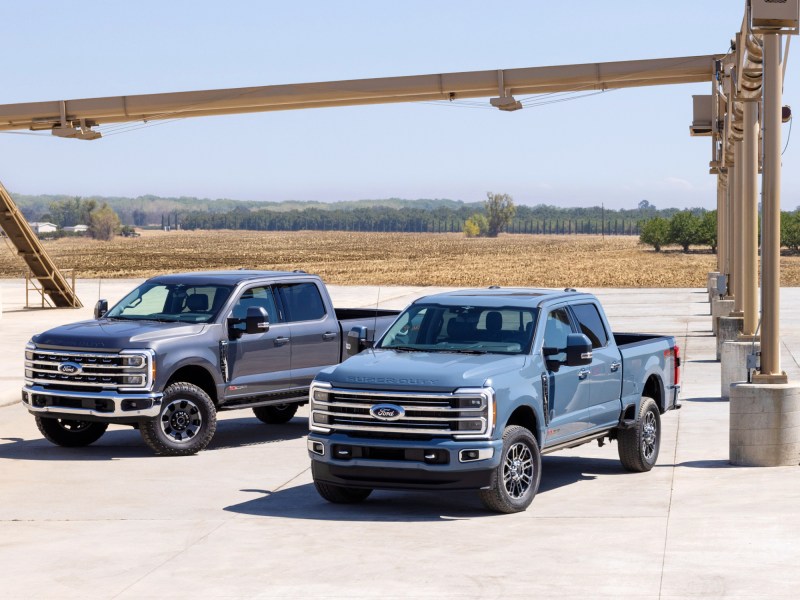
The final 2023 sales numbers are in. The F-150 Lightning EV pickup truck has gotten most of the recent headlines, but once again, the overall Ford F-Series truck family outsold all other brands. The F-Series has been the best-selling truck for 47 years. In what Ford proudly calls the 2023 Truck Triple Crown, the Ford F-Series was also the 2023 top-selling full-size hybrid and full-size electric trucks. And there’s more.
Ford also continues the long-standing joke that the best-selling car in the U.S. isn’t a car at all. It’s a truck. Ford F-Series trucks outsold all other vehicles in the United States in 2023 for the 42nd year in a row. Ford executives are understandably pleased.
“Today, I am thrilled to share a milestone that fills all of us at Ford with immense pride. In 2023, more than 700,000 customers chose a new Ford F-Series truck, making it the best-selling truck in the United States for the 47th consecutive year.” – Robert Kalf, Director of Ford U.S. sales
There’s no disputing the numbers; clearly, Ford has figured out how to sell trucks. But why does Ford sell more trucks than General Motors and RAM trucks? And why does that matter to the overall automotive industry?

Why Ford F-series truck sales matter
It won’t surprise casual observers that most new cars are SUVs and trucks. Automakers like to sell SUVs, particularly full-size trucks because the profit margins are much larger than those of cars and small trucks.
Manufacturers always welcome profit, but the extra income is significant to help offset the expensive transition from vehicles powered by internal combustion engines (ICEs) to EVs. Big pickups and large SUVs aren’t as fuel-efficient as smaller vehicles, but the cash they generate for automakers speeds up the industry’s overall conversion to greener fuel sources.

Ford credits powertrain diversity for its success
Ford’s F-Series extends beyond the familiar F-150 pickup trucks introduced in 1975. today, the F-Series also includes Super Duty F-250, F-350, and F-450 pickups, F-450 and F-550 chassis cabs, and F-600, F-650, and F-750 commercial trucks.
Ford targets multiple markets for its F-Series trucks. In a news release announcing the 2023 F-Series 700,000 plus sales volume, U.S. Sales Director Robert Kalf stressed powertrain diversity, progress in electrification, and the automaker’s relationship with customers as critical factors in the company’s success.
Kalk highlighted Ford’s all-electric F-150 Lightning pickup truck and the development of new 2024 gas and hybrid models designed to meet customer requirements on job sites, farms, and weekend adventures. Kalf didn’t mention desert racing enthusiasts who would be drawn to the new Ford F-150 Raptor R., but surely Ford includes off-road capabilities in its “promise to offer a truck for every customer — one that fits seamlessly into their lifestyle.”



